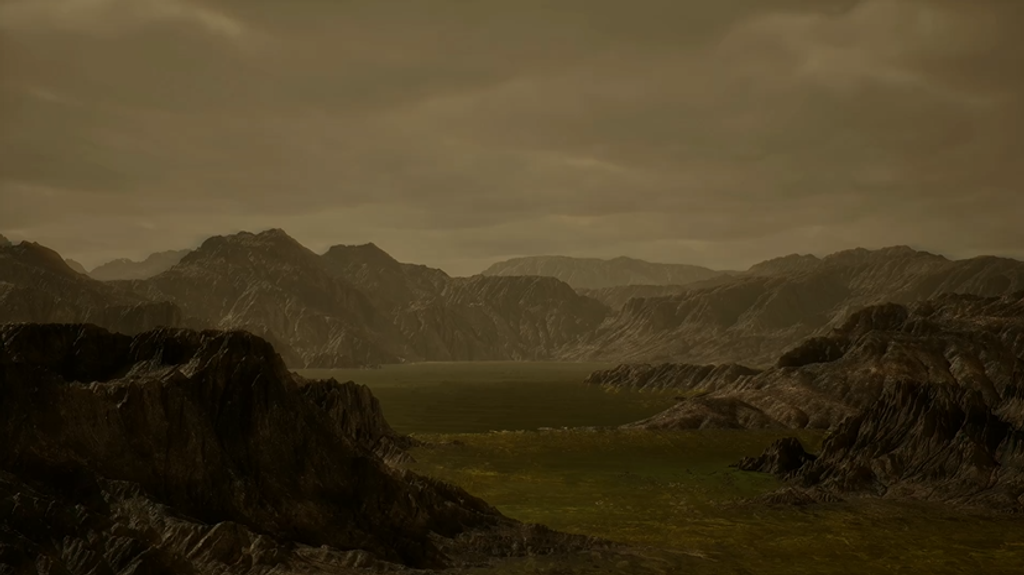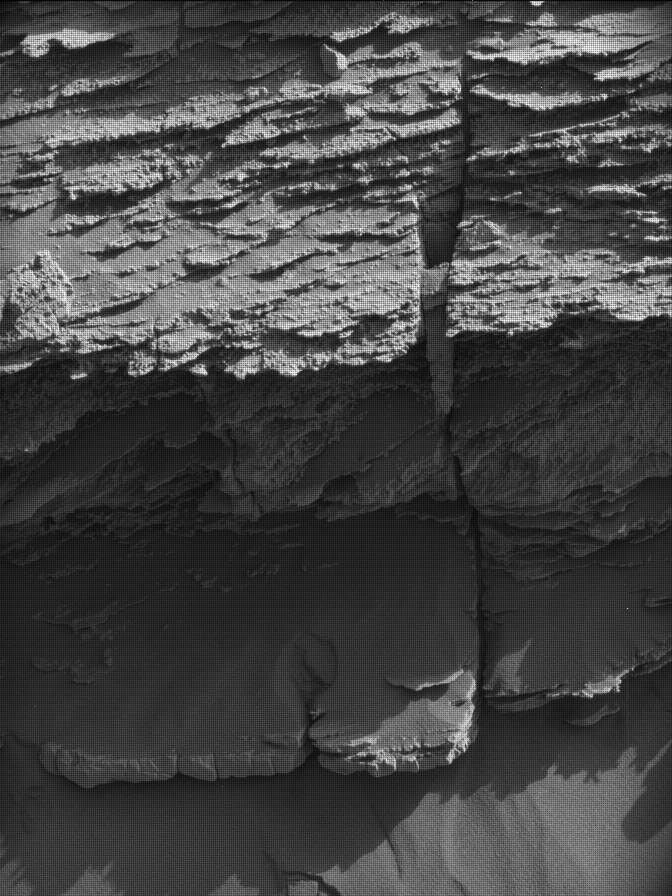Here in Toronto, the weather feels like summer. But in Gale Crater it’s coming towards the end of Autumn. At this time of year, we enter Aphelion Cloud Belt season, when we see regular formation of water-ice clouds. While not as striking as the twilight clouds earlier in the year, these clouds form every Mars year at around the same time and last for many months, making this the perfect opportunity to learn about martian clouds. To accomplish that, the ENV team supplements our year-round cloud observations, the zenith and suprahorizon movies (which point directly overhead, and near the horizon), and two seasonal observations, the Phase Function Sky Survey and the Cloud Altitude Observation. These can tell us about how the clouds themselves and the water-ice crystals within them behave, and all four of these observations are in this weekend’s plan.
It's not just about the clouds though this weekend. We’re still climbing through the canyon, so the plan starts out with contact science followed by another short drive, and then some remote science.
More specifically, we start with a Mastcam mosaic of the inverted channel and a ChemCam LIBS observation of ‘Kourou,’ a nearby dark float rock. After this, MAHLI is getting up close with ‘Terre Firme’, and then we’ll brush the dust off of ‘Lorenco’ and get APXS and MAHLI contact science on it. After a nap, we’ll wake up for some night time imaging of the CheMin inlet with MAHLI.
The next sol, Mastcam will have a field day imaging ‘Lorenco,’ ‘Kourou,’ ‘Owenteik,’ ‘Teotonio,’ ‘Rizere de Mana’ and a nearby vein network. Then ChemCam will take a LIBS observation of ‘Rizere de Mana’ and a mosaic of the buttes ‘Alto Alegre.’ We’ll then make our brief drive uphill.
The next sol of the plan has a small untargeted science block, where ENV will look for dust devils and characterise the amount of dust between us and the distant crater rim and ChemCam AEGIS will autonomously select a target. After that, we’ll go back to sleep but that’s not it for the weekend – we wake up early the next morning for our weekly morning ENV activities to finish up the plan.
Written by Alex Innanen, Atmospheric Scientist at York University





































